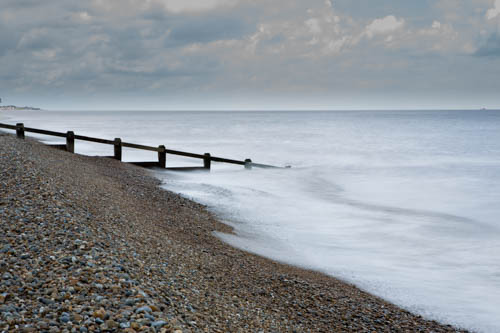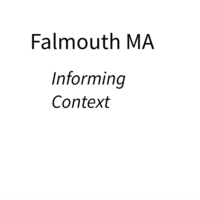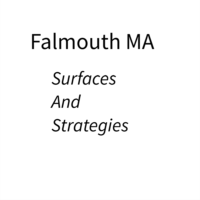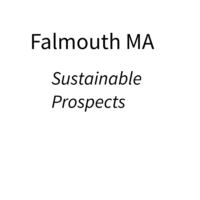Today there are more and more images in circulation than ever before in the history of photography and that is only likely to increase exponentially as people gain access to more technology in their lives capable of recording images. If I ignore my professional cameras in our house we have more than a dozen devices capable of recording images ( smartphones, computers, games consoles and surveillance cameras.) We are an increasing visual society because and our attention span continues to decrease something John Berger remarks on this fact in the film “Art, Poetry and Particle Physics” (2004) by Ken McMullen. I am casting my practice into this sea of images where attention span of the observer is reducing which poses the question of how to differentiate my practice for another technically accomplished photographer’s practice. This week’s topic has encouraged me to consider this challenge or opportunity (I prefer the positivity of the later). After further considered reflection I have come to the realisation that my practice is an extension of me rather than conforming to a specific photographic style or genre.
When aligning my practice to a specific ideology by inference it is about my own ideological alignment. Ideologically I consider myself as an Individualist with the right to self-determination through knowledge. Such a statement comes with a great deal of responsibility towards my subject matter and the reader. I believe my photography is not there to provide others with the answers but instead to encourage them to question subjects, through the application of knowledge and reach their own conclusions. I would go further and view it as freethought based on the following quote.
“The person who is free in any respect is free from something; what is the free thinker free from? To be worthy of the name, he must be free of two things: the force of tradition, and the tyranny of his own passions. No one is completely free from either, but in the measure of a man’s emancipation he deserves to be called a free thinker.”[1]
— Bertrand Russell, The Value of Free Thought.
My images encourage the reader to ask questions of themselves, society and their environment without necessarily providing answers to those questions. This is summed up a quote from Barthes in Camera Lucida.
If I like a photograph, if it disturbs me, I linger over it. What am I doing, during the whole time I remain with it? I look at it, I scrutinize it, as if I wanted to know more about the thing or the person it represents.[2]
As photographer I am in a position of power because I determine when the camera records the referent. Barthes describes it with following quote.
This fatality (no photograph without something or someone) involves Photography in the vast disorder of objects-of all the objects in the world: why choose (why photograph) this object, this moment, rather than some other? [3]
My practice is diverse and the negotiation of power between subject and photographer shifts depending upon the specific body of work. When shooting objects and landscapes I am the sole arbiter and assume overall accountability as to how I represent the subject. When working with a sitter the power negotiation occupies a broader spectrum of outcome. If the sitter is commissioning the work they have the final say but the reason I am photographing them is because they want my aesthetic incorporated into the image and this creates a more complex power negotiation. In between these two examples is the situation where I am engaging with models or sitters to collaborate with me on a body of work.
The primary direction for my practice is biased towards fine art and therefore I want my bodies of work to be compared with other works of art and not viewed exclusively within a photographic context.
[1] Bertrand, R., 1944, p. 3, The Value of Free Thought, Haldeman-Julius Publications
[2] Barthes, R., 1981, p. 99, Camera Lucida Reflections on Photography, Flamingo
[3] Barthes, R., 1981, p.6, Camera Lucida Reflections on Photography, Flamingo






Pingback: Project -Transforming Photography into Art